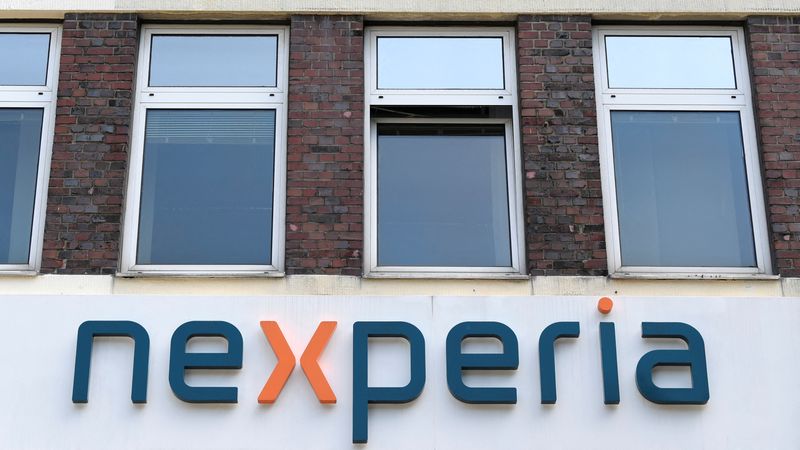Once you reach the upper middle class, it’s easy to assume that it’s just a smooth path towards getting richer. And yet, according to experts, that’s not necessarily the case.
Learn More: Never Do These 3 Things With Your Money, Says Personal Finance Pro Humphrey Yang
Find Out: 5 Cities You Need To Consider If You’re Retiring in 2025
“As an attorney who advises high-net-worth clients on financial matters. The biggest drain I see is real estate spending,” said Lyle Solomon, principal attorney at Oak View Law Group. “Many clients stretch to buy luxury homes in prime areas, and mortgages consume 35 to 40% of their income — leaving no room for investment opportunities. One client’s $6,000 monthly mortgage payment could have generated $720,000 in returns over 10 years if invested instead.”
That’s just one example of the spending that could be funneled into more money-building accounts. Below are the top purchases keeping the upper middle class from getting richer.
“Many of my clients earn [more than] $200,000 annually yet struggle to build substantial wealth,” Kevin Shahnazari, founder and CEO of FinlyWealth.
“New luxury vehicles are one of the biggest wealth drains I see among my upper-middle-class clients. My data shows that professionals often commit $800 to 1,200 monthly to car payments, with many trading in vehicles every three to four years.”
He said one client realized they had spent over $175,000 on luxury car payments and depreciation over eight years. “Money that could have grown significantly through investment,” Shahnazari added.
Solomon agreed that status vehicles are another wealth killer.
“I see clients leasing [over] $80,000-luxury vehicles or owning multiple high-end cars,” he remarked. “These depreciating assets cost $1,500 to $2,000 monthly in payments, insurance and maintenance that could be invested.”
Read Next: The No. 1 Key To Wealth, According To Wahei Takeda, the ‘Warren Buffett of Japan’
Private school tuition without proper college savings planning creates another major wealth barrier, said Shahnazari. “Many families in my network pay $30,000 to $50,000 annually per child for private K-12 education while underfunding their retirement accounts and 529 plans,” he said.
According to him, this double educational expense burden — current private school costs plus future college costs — can drain millions from long-term wealth accumulation.
Solomon equally noted that private education expenses drastically reduce investment capacity.
“Many clients spend $30,000 to 50,000 per year per child on private schools,” added Shahnazari.


